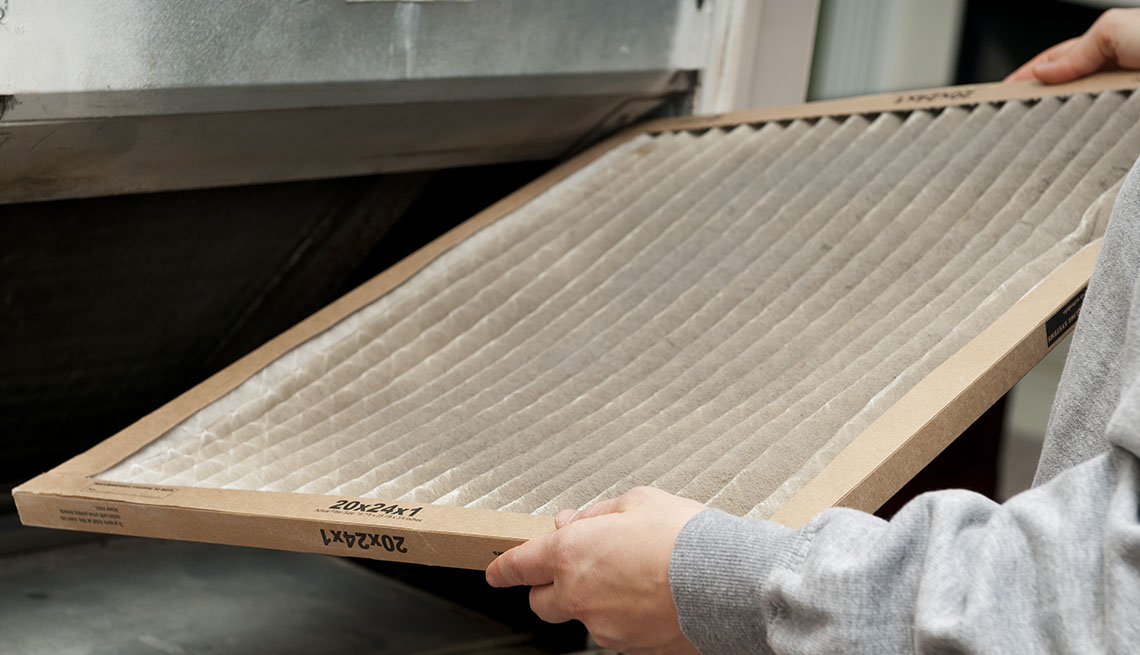AARP Hearing Center
During the COVID-19 pandemic, health officials have recommended face masks as a way to prevent the spread of the novel coronavirus that may be carried through the air on wet droplets that people release when they breathe, sneeze, cough or talk. New research suggests that viruses may also hitch rides on airborne dust or dander.
In a study published in Nature Communications, researchers at the University of California, Davis (UC Davis), found that it is possible for influenza viruses to spread through the air on nonrespiratory particles such as dust, fibers and other microscopic particles known as aerosolized fomites.
"It's really shocking to most virologists and epidemiologists that airborne dust, rather than expiratory droplets, can carry influenza virus capable of infecting animals,” researcher William Ristenpart, a professor in the UC Davis department of chemical engineering, said in a statement. “The implicit assumption is always that airborne transmission occurs because of respiratory droplets emitted by coughing, sneezing or talking. Transmission via dust opens up whole new areas of investigation and has profound implications for how we interpret laboratory experiments as well as epidemiological investigations of outbreaks."
The researchers studied only one strain of the influenza virus and are careful to note that the results may be different for different strains of influenza virus or for other respiratory viruses, including coronaviruses such as SARS-CoV2. And the study suggests that more research is needed to determine the probability of spreading viruses like COVID-19 by aerosolized fomites.
The researchers used guinea pigs for the study. First they discovered that the furry animals can give off spikes of up to 1,000 particles per second as they move around the cage. They then applied flu virus (Pan99 stock virus) with a paintbrush to the bodies of guinea pigs that had been previously infected with Pan99 and thus were immune to reinfection — eliminating the chance of respiratory spread. Meanwhile, otherwise healthy guinea pigs in neighboring cages caught the flu.
The researchers also treated paper facial tissues with influenza virus and let them dry out. Crumpling the tissues released up to 900 particles per second in a size range that could be inhaled, they found. Further, they were able to infect cells from these particles released from the virus-contaminated paper tissues.

































































